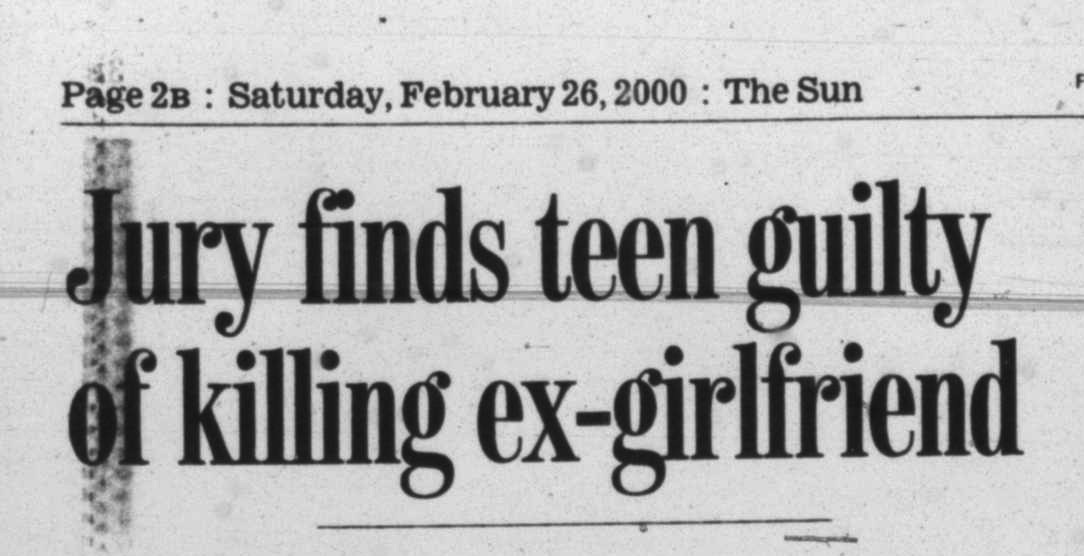The fact that Serial has captured and sustained a wide audience has sent waves through the podcast and radio world, but it should stir the legal world as well. Historically, reality crime shows (Dateline, 48 Hours Mystery) and police procedurals (Law and Order), focus on a traditional “whodunit” narrative: the introduction of a victim and a crime scene, a slow drip introduction of suspects, a summary evaluation of evidence, maybe a twist, and eventually, the court-centered climax, as the case is packaged and resolved.
Justice, served.
Serial is far less satisfying (and in that sense, probably more true to the experience of criminal law for all parties). What is powerful and fascinating about the podcast is not just that it sheds light on an often untold narrative — a possible victim of the justice system, Adnan Syed, who may be innocent and locked away for life — but in doing so, it exposes the underbelly of legal narrative — what is missed, and what might be missing.
Seeing the legal system from a journalist’s perspective, rather than a lawyer’s shifts the salience of facts; more of them feel more important. Sarah Koenig is first and foremost on a search for truth, whereas lawyers already know that the law requires them to leave many parts of the story out.
As a law student, clerking for the ACLU, one of my primary duties was to read (screen) inmate letters to determine whether there was a potential case. The lawyers were looking for clear civil rights violations — abuses and concrete legal issues that have already been played out in courts. What I found most commonly in these letters were long, heartfelt stories about the lives of the prisoners, details of the injustices they felt they had endured from a lack of education to sexual and physical abuse to psychological illness. They wanted their stories to be heard. And for them, their histories were relevant to their case, whether they admitted guilt or not. It was disheartening for me as a lawyer, to place the majority of these letters and “stories” in a stack we called, “Irrelevant” or simply, “No Case.”
This was my first lesson in how the law really works — separating which stories mattered and which didn’t. It was after this experience that I decided I couldn’t be good lawyer. I was terrible in legal writing, giving far too much detail and explanation about the things that “didn’t matter,” having a difficult time focusing on the things that did. I experienced that same feeling that Sarah Koenig articulates throughout the podcast, “But what about X? What if? But! But!”
Good lawyers as advocates must learn to ignore the “buts” and “what-ifs.” Good lawyers are masters of narrative spin. It’s their job to work real world “truths” around established rules and laws. And when it comes to those rules and laws, most effective lawyers, rather than asking, “but why am I taking this side?” could work either side of a case with the same set of facts and evidence. Lawyers use stories and narratives to fit their ends, even at the cost of knowing the outcome is only as good as they are. They’re for hire, after all.
Serial alsoshows us that there is something disturbing about the real-world consequences of evidentiary limits. Evidentiary law is meant to serve as a filter, to help shape the narrative to get at truth by eliminating factors that are problematic such as bias or double jeopardy or other things, and yet, for Koenig and listeners, the frustration is that in Adnan’s case, the facts that made it through the filter still don’t add up.
Early in the series, Adnan becomes upset when Koenig says he just doesn’t seem like he could have done it. He seems like such a “nice guy,” she says to him over the phone during one of their weekly conversations. At first, Koenig seems utterly confused at why this would be upsetting, but Adnan already knows what she hasn’t yet realized — that sentiment and perceptions don’t matter. The fact that she acknowledges liking him almost infuriates him, because he wants her to focus her inquiry on “real” evidence. Later on, in Episode 10, Adnan explains more explicitly what he has learned, that cases are built on elements and those elements require legally viable evidentiary support. You don’t have to spend a semester in evidence class; you need only sit through your own trial to understand that proving the elements of a case is very different than trying to tell the full story.
But Serial leaves us wondering an important question that isn’t raised enough among lawyers and legal scholars and even the general public: What is lost in this lack of a full story? By limiting what can be admitted, what aspects of truth are being sacrificed?
In the latest episode, Koenig concedes that the outcome of a case has much to do with chance and luck and even, she suggests, “winds blowing slightly more this way or that.” Serial is not just the story of one defendant’s experience in the criminal justice system. It’s not even just about the criminal justice system. It is about the very uncomfortable certainty that the law is not pure or right, but a structure as imperfect as the stories it hears and shapes.









